I am going to be honest here, we photographers can be a snobby bunch. Not all of us of course but there is a minority of people that look down on others who might have cheaper cameras.
It’s nothing new, as a 16 year old, many many years ago, I was a member of a local camera club. I was constantly patronised by 50 something Canon/Nikon owners for using a Zenit. Right up to the moment I won the biggest competition of the year, using said Zenit. The patronising stopped after that. In fact they just plain refused to talk to me.
The moral of this story, of course, is that it’s not the gear that matters, it’s the photographer’s ability to use that that gear. All of which leads is into 5 reasons why buying a secondhand camera is a good thing.
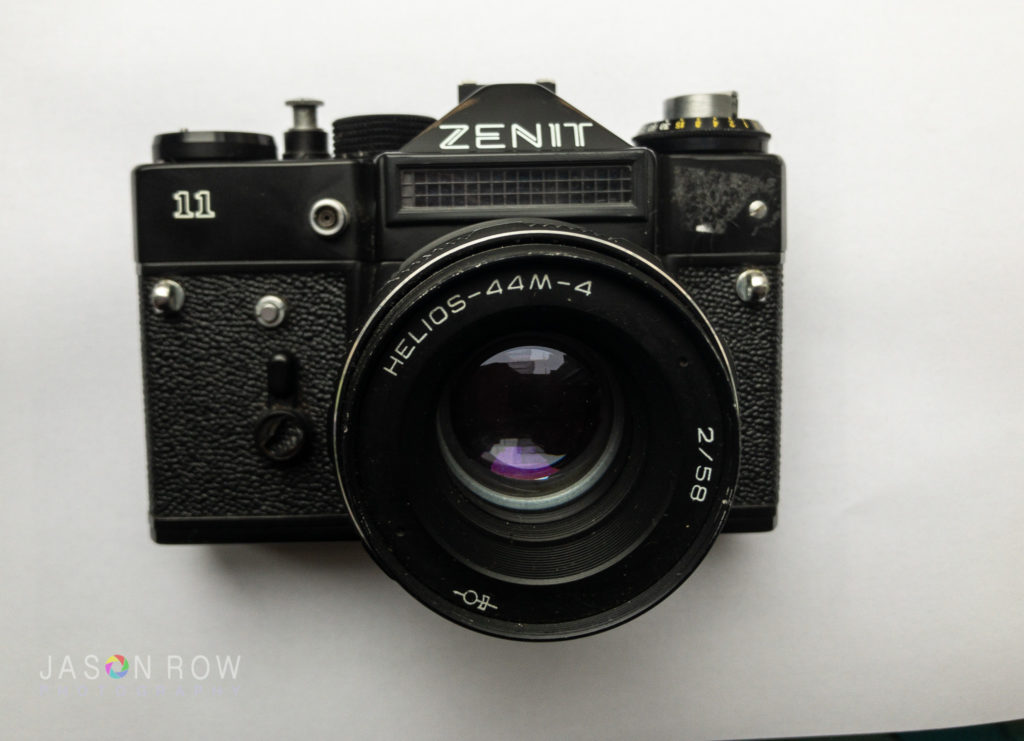
The Price Is Right
At the time of writing, the world is still in the grips of a pandemic. Many of us do not have the income that we were used to pre-Covid. Whilst the price of new cameras has steadily risen over the last decade, secondhand cameras have remained a good bargain.
If you drop one generation back you can save 30-40% of the price of the current model, even for a mint copy. That’s a significant saving. Go back 2 to 3 generations and the price savings can be huge.
The biggest of those savings tend to be for cameras in the professional bracket. The initial cost of a high end Canon or Nikon can be immense but they rapidly depreciate, especially once the next generation is announced. In fact just after a manufacturer announces a new model is a great time to shop for the previous version. There is a significant section of the market that will upgrade regardless, meaning that the secondhand market can become saturated with previous models.
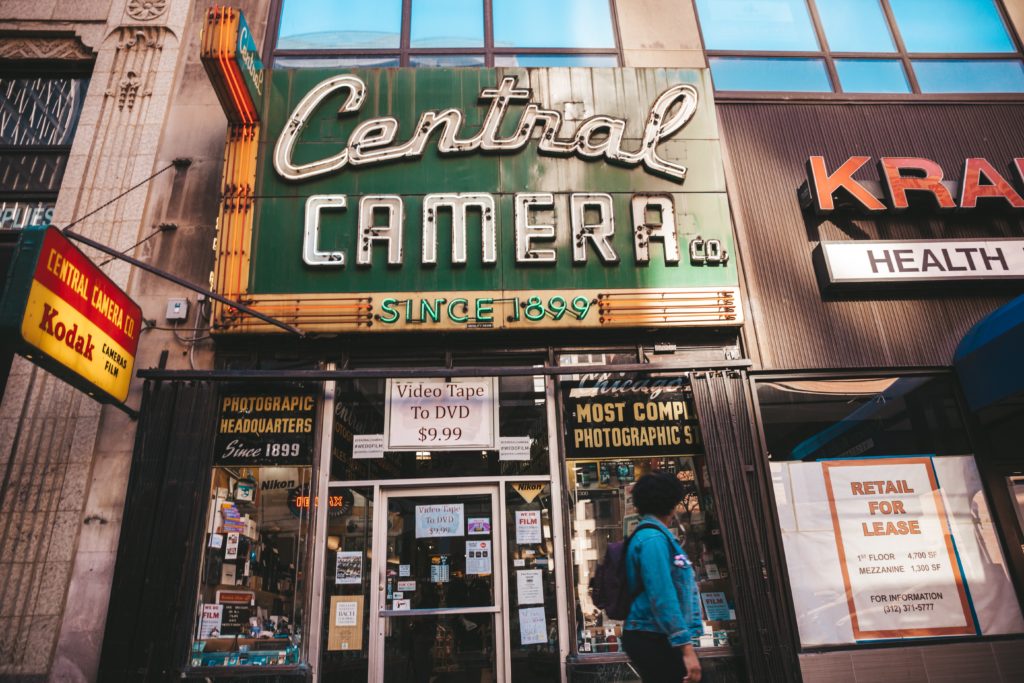
The Huge Variety
Leading on from price is the sheer variety of cameras available on the secondhand market. This means that even if you are tied into one system, you can experiment with a cheap secondhand camera from another. Maybe you are a Canon shooting intrigued by Nikon, perhaps a DSLR user wanting the test the waters of Mirrorless. The price and variety of secondhand cameras allows for you to do this without going all in financially.
Another aspect of this variety is that you can easily add a second or back up camera to your system without spending too much.
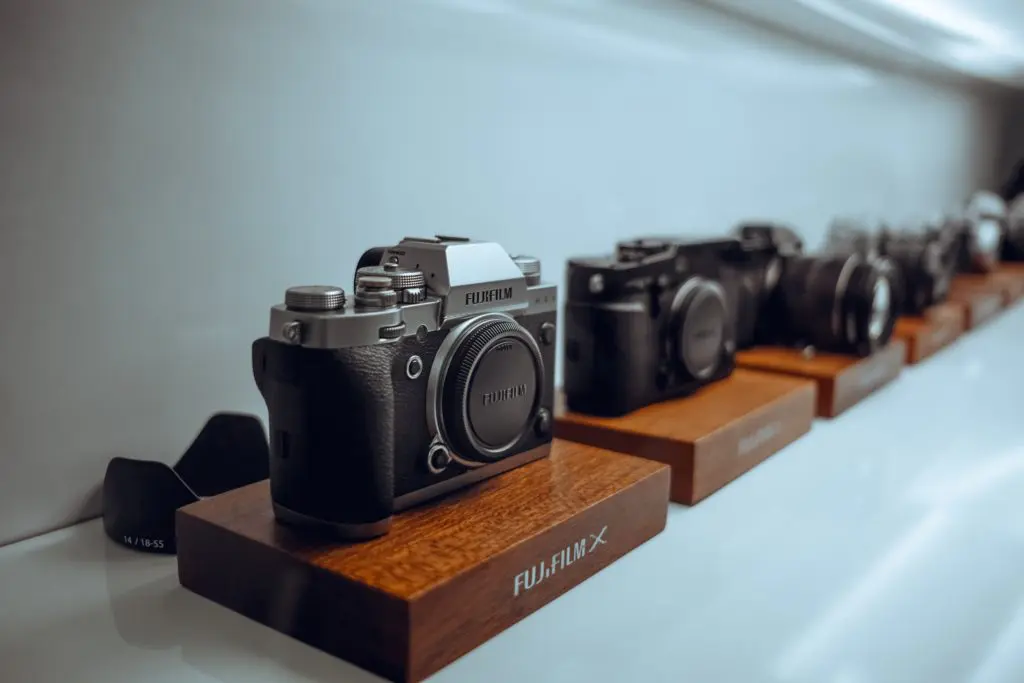
High End Models
We touch on this in the section on price. Because higher end, professional models tend to depreciate the most, you have the possibility to replace or add one to your current system. Rather than spending, for example $1500 on a new mid level DSLR, you could spend a similar amount and get a one generation older flagship model.
High end, professional cameras by their very nature are much more rugged than their mid and low range versions. They will have metal chassis, weather proofing, much higher shutter ratings and much more.
You will have to be careful when buying a used professional camera. Whilst most professionals will take very good care of their tools, some may have abused the cameras. It’s best to check the camera out in person rather than buying on spec from the internet. Look out for dents in the body, loose dials or knobs as signs of misuse. Exposed brass or loose grips are not necessarily a sign of misuse, they can just be a sign of a lot of use.
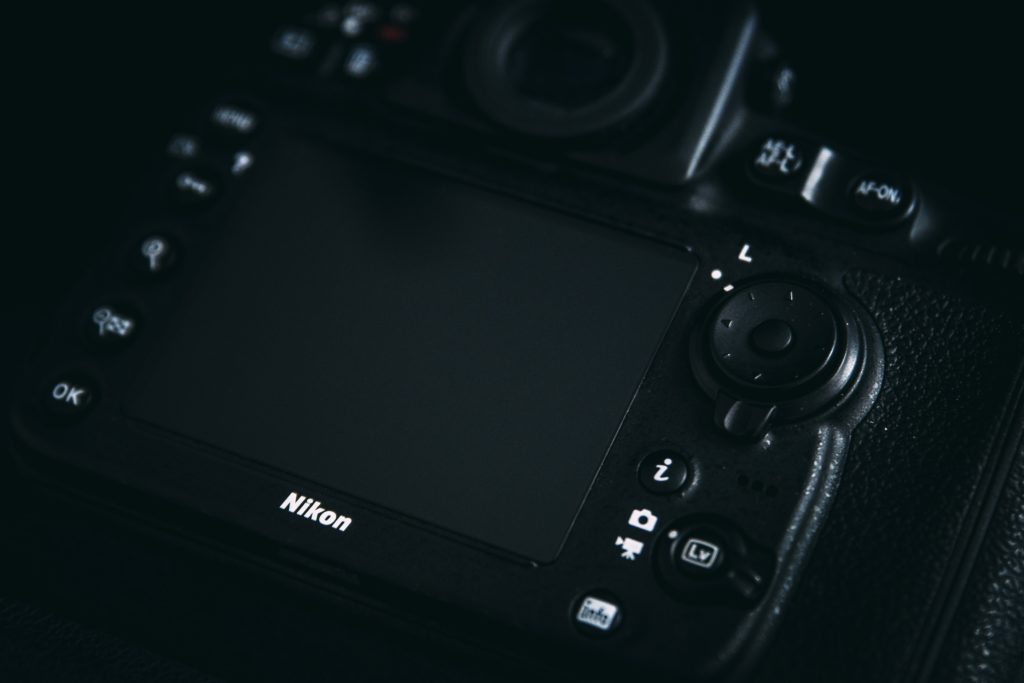
Technology Does Not Move So Fast
These days it seems camera manufacturers are becoming like smartphone companies. Releasing new models every year and blinding us with technobabble that suggests the new model is oh so much better than the last. The thing is though, it really isn’t. Camera tech is moving on, perhaps quicker than any time in the history of photography. However it’s not moving so fast that you will see a huge difference in a one year product cycle.
The key technology in modern cameras is of course the sensor, and it's also the one that is possibly advancing the slowest. Camera’s that are one or two generations older will often have the same sensor as the latest model bar some software tweaking. Indeed some camera companies, such as Fuji, have built a good reputation by upgrading firmware on their discontinued cameras to bring them up to similar levels as their current range.
The point is that despite all the bells and whistles added to new models, the actual image quality barely changes. For that reason alone, buying second hand is a great way to get a bargain without sacrificing quality.
New Tech, Old Ways
As mentioned, often next generation cameras are using the same sensors as the last model. So what new things do they bring to the table. Often it’s extra automation, faster processing perhaps high video frame rate. For a lot of photographers, these are things that we don’t necessarily need or can circumvent by using older established techniques.
Often, unless you are working as a pro, you do not need ultra fast eye detection, lightning quick autofocus, 20 fps continuous shooting, IBIS or improved high ISO quality.
There are ways around most of these. Use single point autofocus and lock it on the eye, get an optically stabilised lens, use a tripod in low light. They are alternatives, not perhaps for everyone but if you are on a tight budget they are more than adequate. The point being that many of these amazing new technologies are either aimed at professionals that will really find them useful or at enthusiasts that prefer to buy brand new cameras every product cycle. Going to my story of the the Zenit camera as a 16 year old, if you have the creativity, you will find a way to make your tools work for you.
We live in strange times. Money is short for many. Many people that were not fully into photography have sold their cameras. The market is rich in amazing previous generation cameras for equally amazing prices. If you are ready to step your equipment up to the next level, or perhaps try something different, go take a look at whats on offer. I think you will be pleasantly surprised.

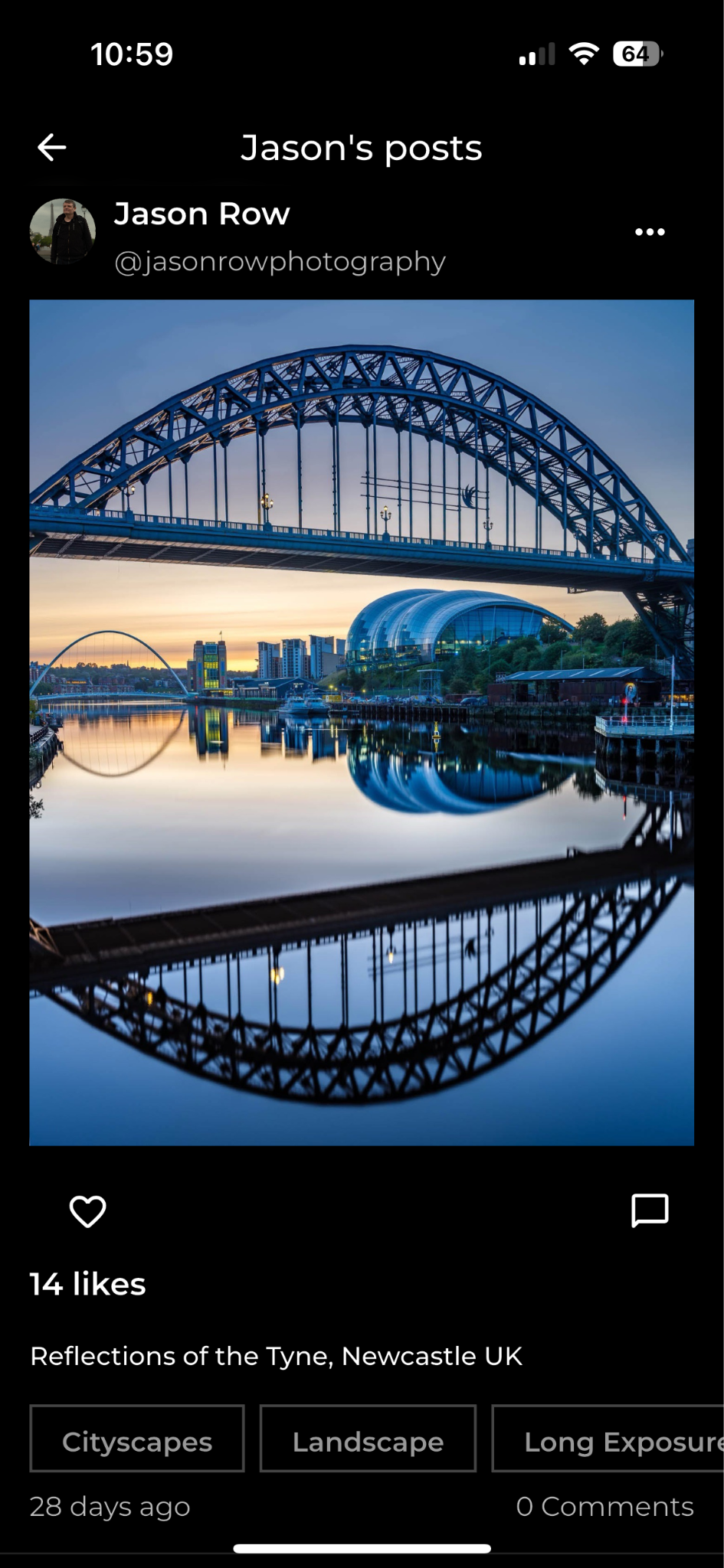
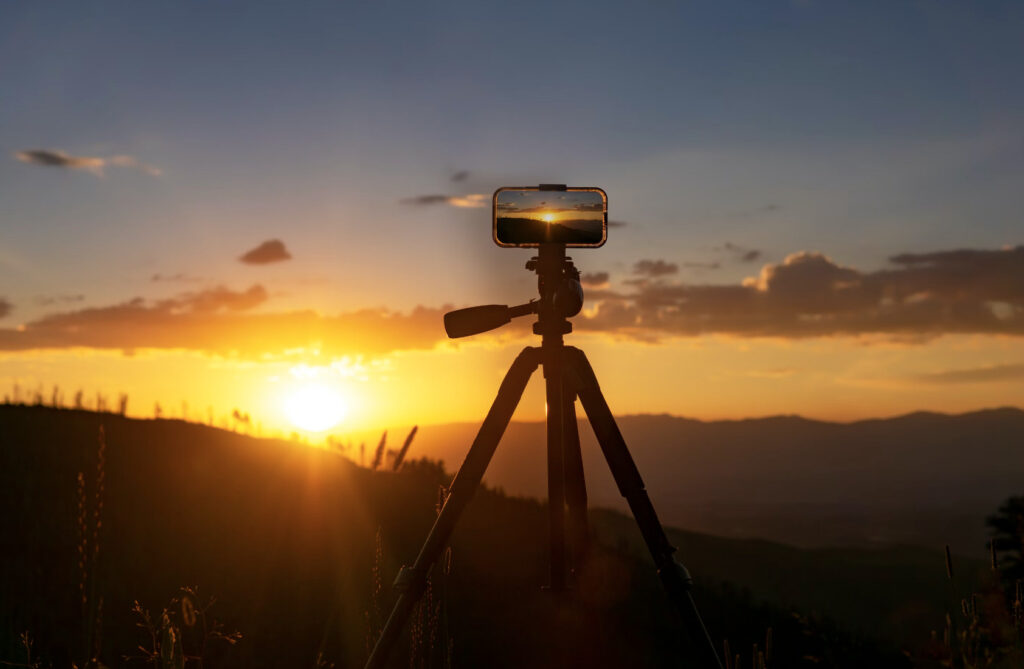

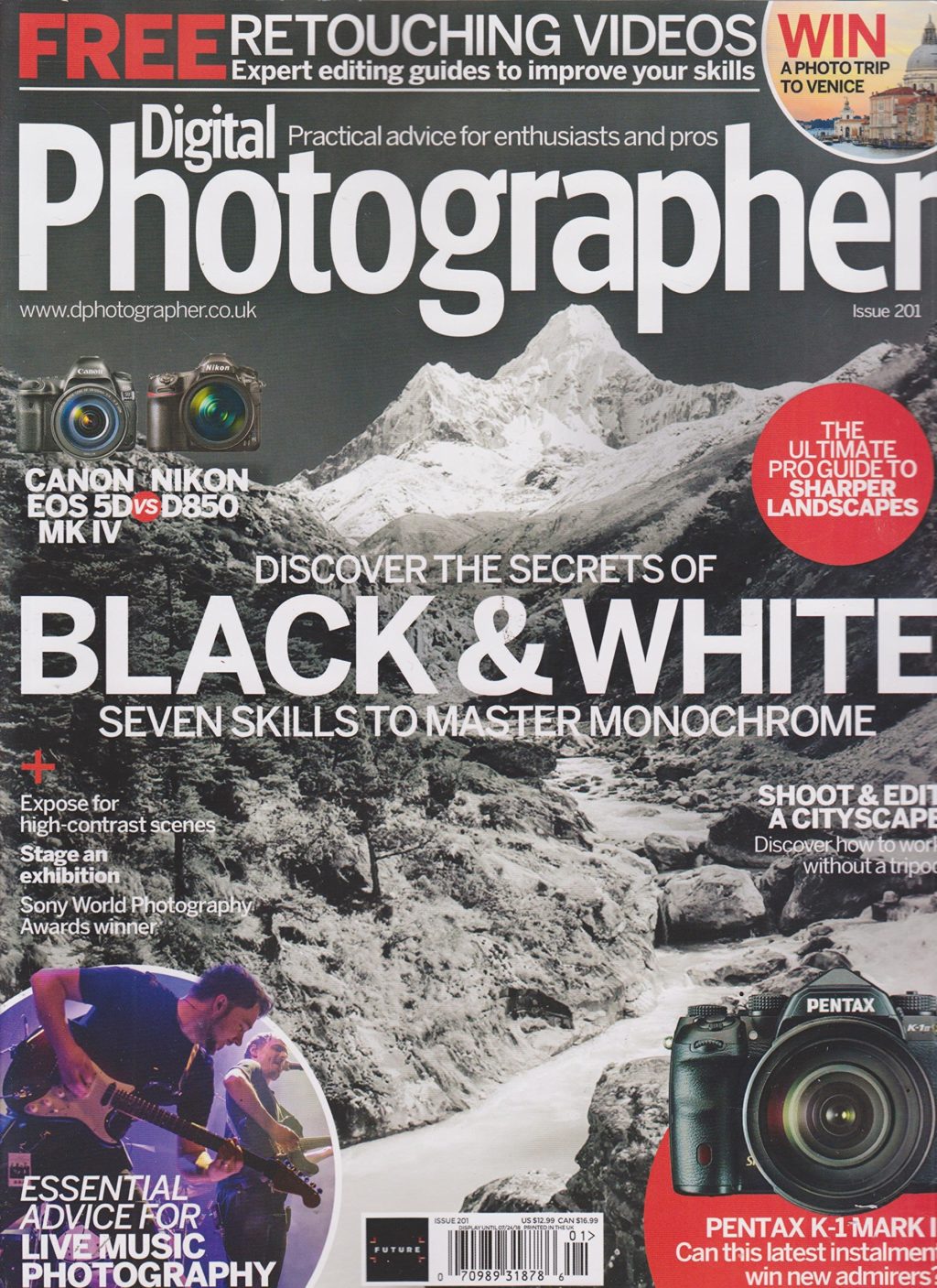
1 Comment
There’s nothing wrong with that Zenit, but the more important thing, about your camera outfit, is the lens. That’s a very fine lens on there. I know as I also have one. Your ability in using your equipment, along with your knowledge of proper exposure, composition and choosing the subject matter enabled you to win that award. Pay no attention to others who are, point blank, jealous. I won’t get into a discussion of ‘it’s not the gear’, because it works both ways as I have demonstrated to one photo instructor, but other than the lens being the more important element of one’s gear, the most important element is the 10 inches behind the viewfinder.
I love second-hand and older cameras and thank you for this article.